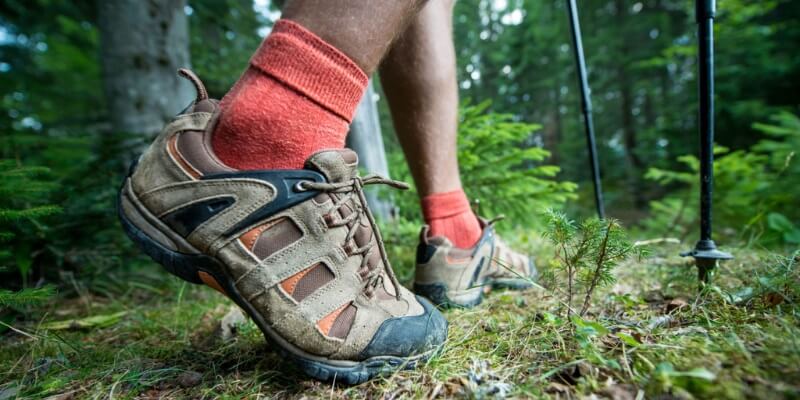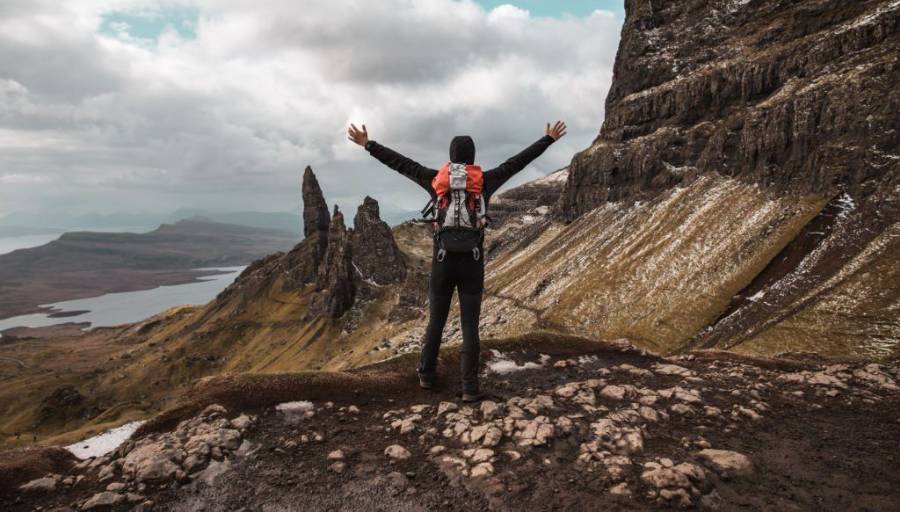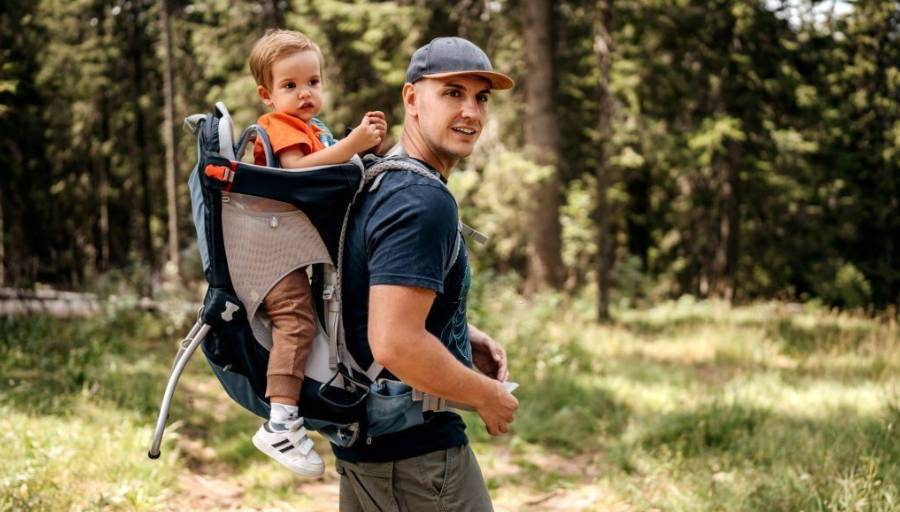How to Clean Hiking Boots (10 Tips)

Boots are among the most important hiking accessories, providing comfort and support during challenging treks through diverse terrains. However, with every adventure, these boots inevitably accumulate dirt, mud, and grime. This will affect both their performance and longevity. To preserve all their technical qualities and allow them to last longer, it is important to take care of them. Here are my 10 tips on how to clean hiking boots.
Mastering the Art of Hiking Boot Maintenance: 10 Essential Tips
Now, let’s start on the journey of maintaining your hiking boots, ensuring your footwear is consistently prepared for the next exciting adventure.
1. Aerate, Shake
The simplest gesture that you can do for the maintenance of your hiking boots is undoubtedly to ensure that they are well-ventilated. Systematically after each outing, start by loosening the laces, opening the tongue wide, and removing the insole. Tapping the shoes against each other removes settled dust, while shaking them upside down helps eliminate small dirt particles that may have slipped inside.
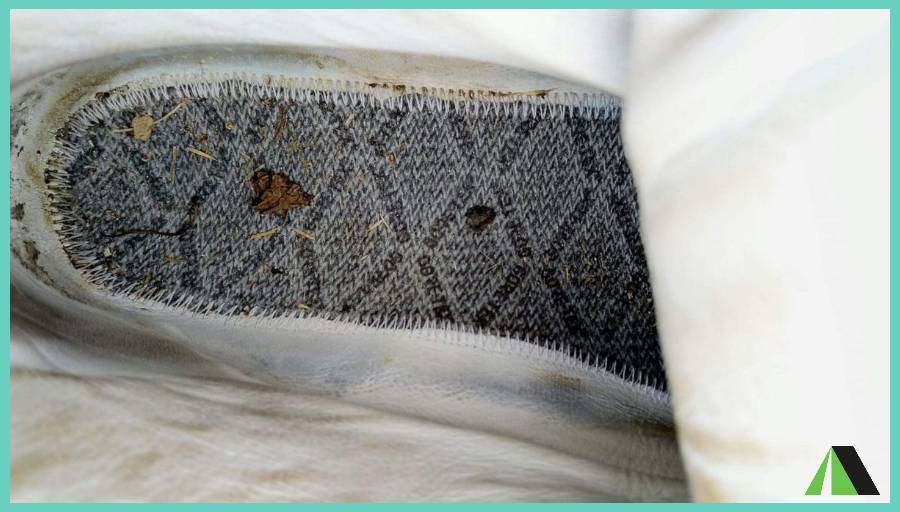
2. Remove the Dust with a Brush
The trails are not always gentle with our boots. Over the miles, dust accumulates and eventually forms an outer layer that degrades breathability and waterproof performance. In specific terrains like sand or volcanic ash, this dust can even possess abrasive qualities. The second tip for maintaining hiking boots involves regularly treating your precious footwear with a gentle brush.
3. Wash the Boots
When the dust resists the blow of the brush, the mud is part of it or you have hiked in the presence of salt washing your boots is no longer an option. This is an important step that should not be postponed because there is a risk of accelerating the aging of the materials.
Indeed, the mud and the salt dry out the leather, and on the other hand, the humidity that stagnates with the earth promotes the phenomenon of hydrolysis of the polyurethanes (a chemical reaction that corrodes the soles). With a soft brush, clear water and a little elbow grease, carefully rub the upper (upper outer part) and the sole. In the presence of stubborn dirt, a little mild organic soap can be used and rinsed thoroughly. The laces can be washed separately with the same type of soap,
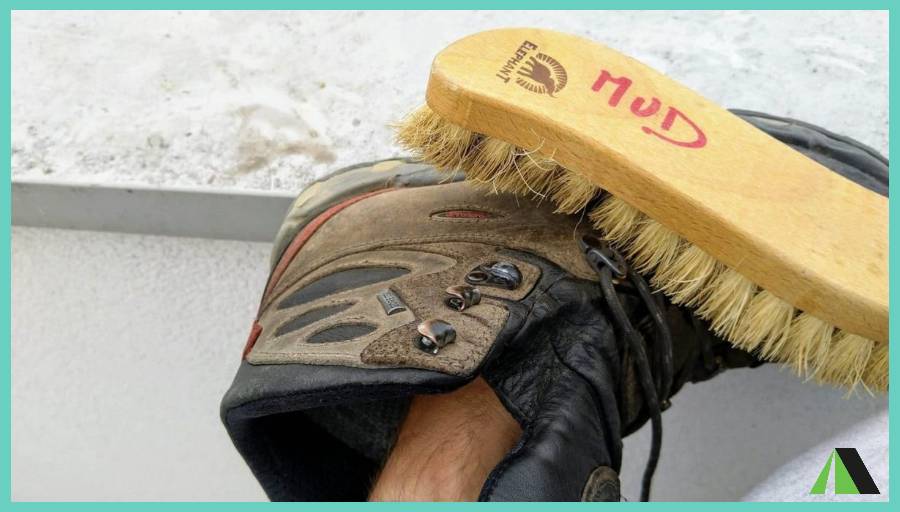
4. Dry Your Boots
Now it remains to dry our boots. This advice for maintaining hiking boots is also valid if you bring in clean but soaked boots. Loose laces, wide open tongue, and insole removed.
5. Deodorize Your Boots
To avoid bad odors you must follow our first advice and ventilate and dry your boots well. But you can put wooden balls in your boots during storage. Impregnated with antiseptic and antifungal essential oils, they will fight against the bacteria responsible for odors and reduce the risk of mycosis.
The previous operations are common to all types of boots. But waterproofing techniques vary depending on whether it is smooth leather, nubuck, or synthetic materials.

6. Re-Waterproof Your Smooth Leather Boots
Leather is a living material that needs to be nourished so that it retains its natural suppleness and water repellency. We use a nourishing wax – such as Nikwax waterproofing wax for leather or Collonil organic cream – making sure that it complies with the manufacturer’s recommendations, especially if the shoes have Gore-tex type membranes.
Fats should be avoided because they make the boots less breathable. Using a cloth or a small brush, apply and penetrate the product. The frequency varies according to the intensity of your practice but once a year is a minimum, and 3 or 4 times a maximum.
7. Revive the Water Repellency of Nubuck
Nubuck is a leather whose surface has been scraped to give it a soft touch and a particular aesthetic. To revive its water repellency, liquid waxes are used which are applied using a spray without propellant gas such as Nikwax Nubuck/Suede spray. Apply generously to dry or damp leather, then after a few minutes wipe off the excess product to avoid stains.
Unfortunately, these treatments are a little less effective and a little more expensive than those used for smooth leather. The good news is that it is quite possible to treat nubuck like smooth leather, provided that you put an end to the “peachy skin” aspect of your shoes.
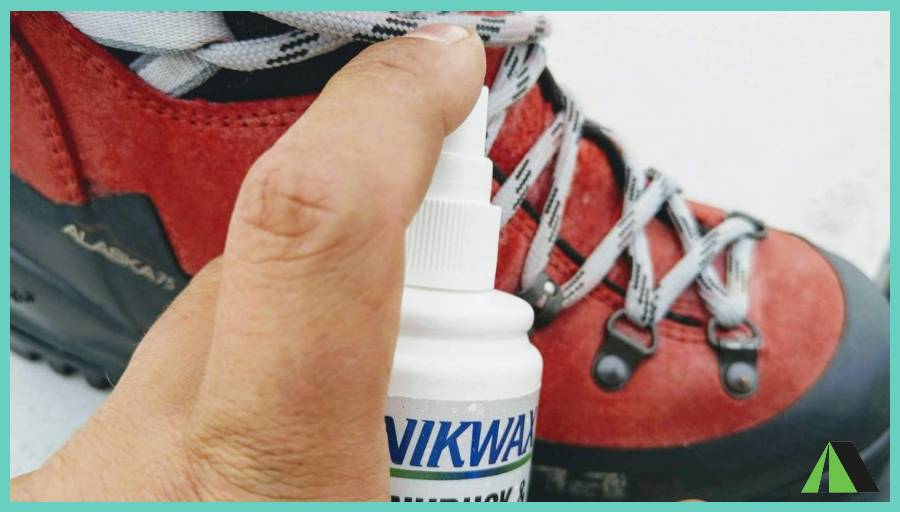
8. Re-Waterproof Your Synthetic Boots
If leather is a naturally waterproof material, the same is not true of synthetic materials – unless you walk in rubber boots. It is therefore necessary to be aware that cleaning products only make it possible to revive water repellency and not to make shoes that are not waterproof.
Choose liquid products such as Nikwax fabric & leather proof or NST Proof and apply generously. As with nubuck treatment, the excess product is wiped off after a few minutes to avoid staining.
9. Plan for Repairs
Boot maintenance is an opportunity for careful inspection. This allows you to anticipate the necessary repairs and avoid the unpleasant surprise of a sole that comes off. Check the seams, the condition of the inner and outer soles, and the laces. A repair done while the damage is low holds much better. Do not hesitate to consult a professional.
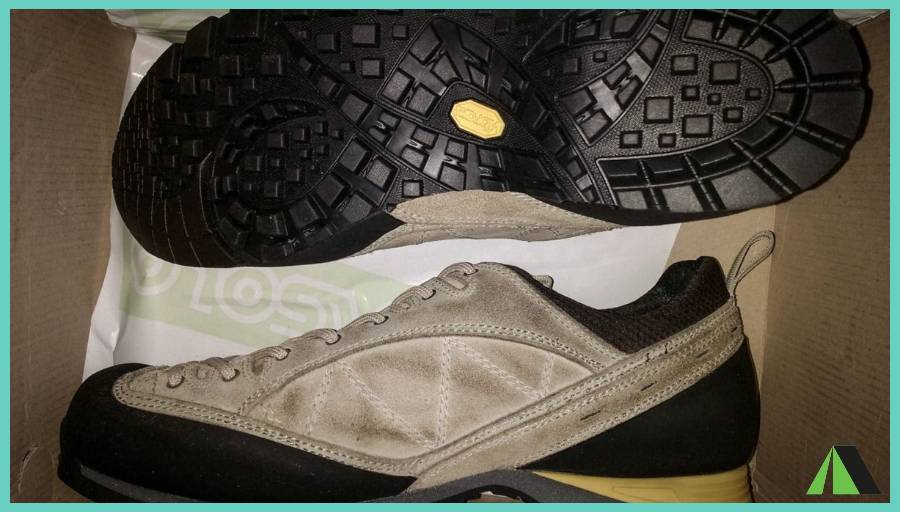
10. The Last Tip: Respect the Environment
Faced with the lack of information on the composition of cleaning products, it is difficult to sort out the good ones, the bad ones, and those who surf on green marketing. But a few common sense tips can eliminate the worst. First of all, we forget the sprays with propellant gases. They are often more expensive and the pressure tube is of more complex recyclability. Aware that everything we apply to our boots will end up in the environment, we ban products containing silicones and worse, Perfluorocarbon compounds (PFC, etc.).
Conclusion
As we conclude this guide on cleaning hiking boots, remember that a well-maintained pair of boots not only looks good but also functions optimally. By following these practices into your routine, you can enhance the lifespan of your boots and improve their overall performance on the trail.
Did you like this article? Share it with your friends.
Read Also…

